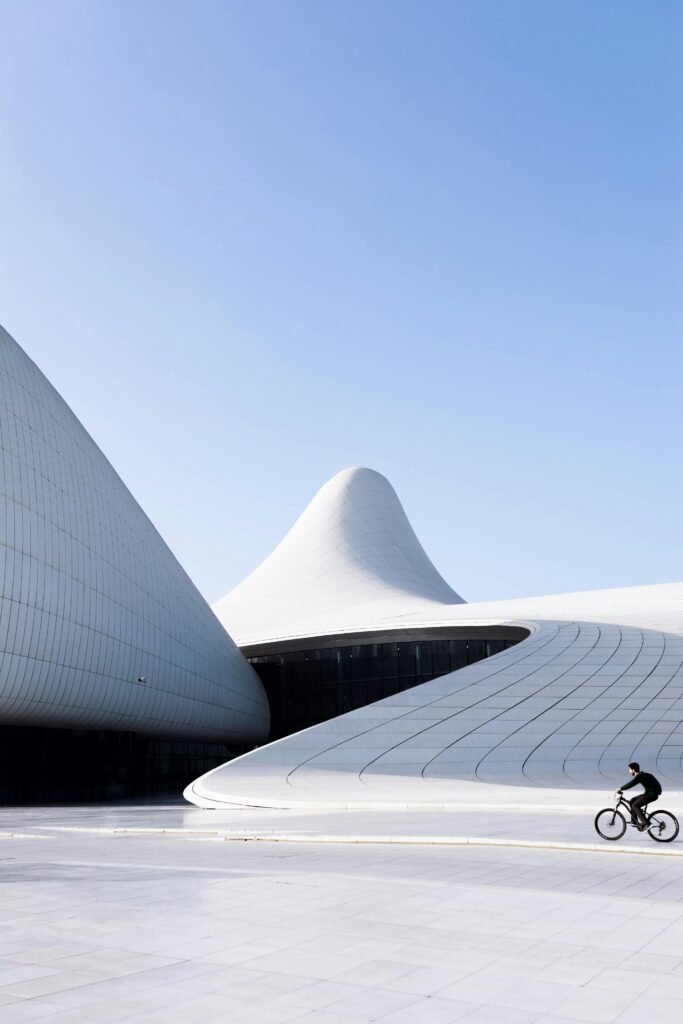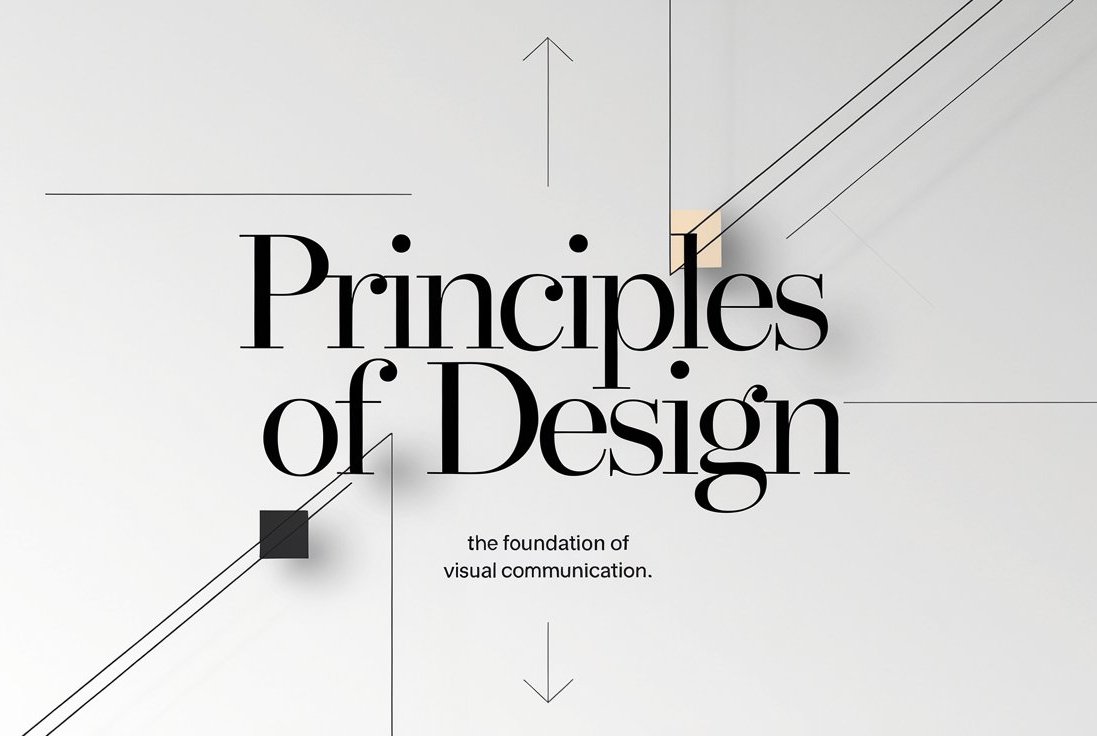Composed By-Ketan Goriwale.
The Principles of Design- Foundation for Visual Experience.
Design is creating a visual language intended to communicate ideas and emotions, and to engage the audience. The effectiveness of the design stems from the thorough knowledge and application of basic principles behind the composition of visual elements. Such principles are the building blocks of a comprehensive design that is visually pleasing, well-balanced, and performs its intended purpose.
Balance –
According to the spatial distribution of visual elements…balance is defined. There are three forms of balance:
• Identical elements evenly bantered on each side of the axis, forming the ‘symmetrical balance’ balance.
• Non-identical elements on either side are balanced by visual weight. This form of balance is known as: ‘Asymmetrical balance’.
• The Radial balance or Radial Symmetry in those, where the elements are beyond control and all are at angles ranging from a certain central point.

Proportion–
By proportion, it is the relationship between the dimensions of different elements. Achieving the proper proportion fosters visual comfort and focuses the spectators’ view.
• The distance between elements is as defined as scale.
• Measuring or understanding the value or distance is known as measures: Ratio.

Emphasis–
The primary concern in design is emphasis – Emphasis is the ‘dog bone’ of the design focusing the users eyes to the desired area.
• Considering every page structure patterns, the viewers focus on the main element thanks to the oc, arrangements: Visual hierarchy.
• This can be achieved through oc manually made with color, size or texture: Contrast

Movement-
Movement is another view term traditionally used to connote the sort of view, which leads the eye to various points across the trace of the graphic design.
• This term also helps in understanding the basic area or ‘set’ of design:Direction – It is ‘movement of viewing direction’ in between elements.
• Sometimes flow is not just smoothening, but seemingly eternal, fun element of rhythm. Flow – Incredibly many people look at the world through logical ideas and ‘flow’ would definitely relate to continuity containing ideas of logic.

Pattern-
Pattern uses various elements in unison to give the design an added emphasis.
• Repetition: Using similar elements over again.
• Rhythm: Giving an impression of beat or tempo.

Unity-
Unity depicts the joining of two or more visual elements:
• Harmony: Similar resources to ensure consistency.
• Coherence: Supplying the intended message

Alignment-
Alignment brings out the orderly aspect of any piece.
• Grid: Frames for easy positioning of elements.
• Edge: Repositioning edge elements.

Contrast
Usually contrast shows the other part of an element.
• Color: Distinctive use of different colors.
• Texture: Layering a different set of textures.

Hierarchy
Hierarchy details components for ease in presentation.
• Visual weight: Primacy among components.
• Size: Weighting elements visually to enhance prominence.

Emptiness-
White space gives a rest for the viewer.
• Empty space: Enhancing the comfort of the audience.
• Clarity: Making the text easier to read.

The design principles are basic rules for creating successful aesthetically beautiful, good functional designs. With the comprehension and proper use of the design principles, the designer can shape stunning and informative visual experiences.




